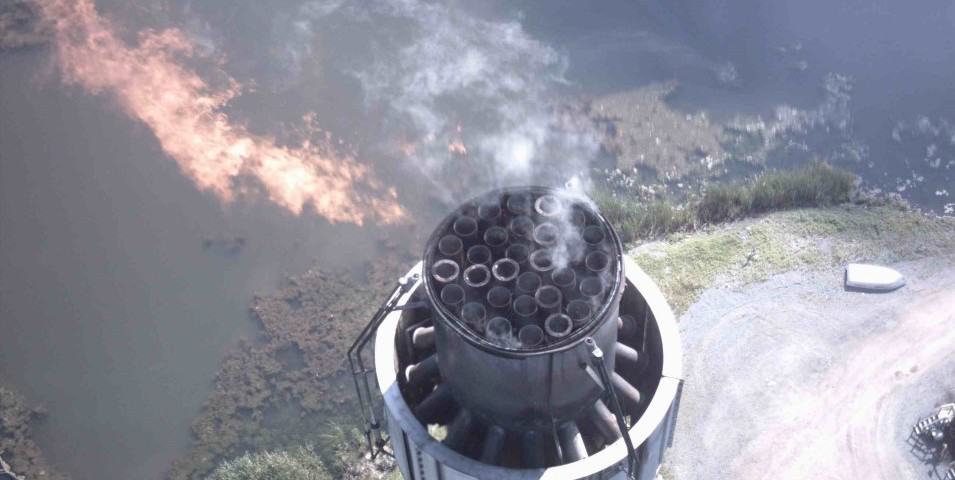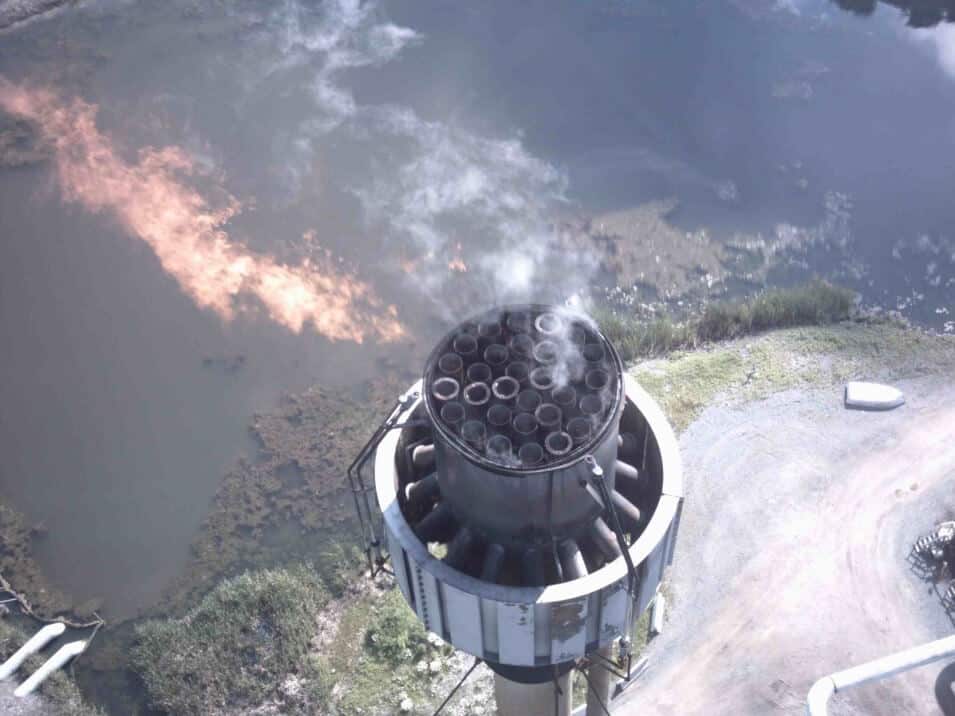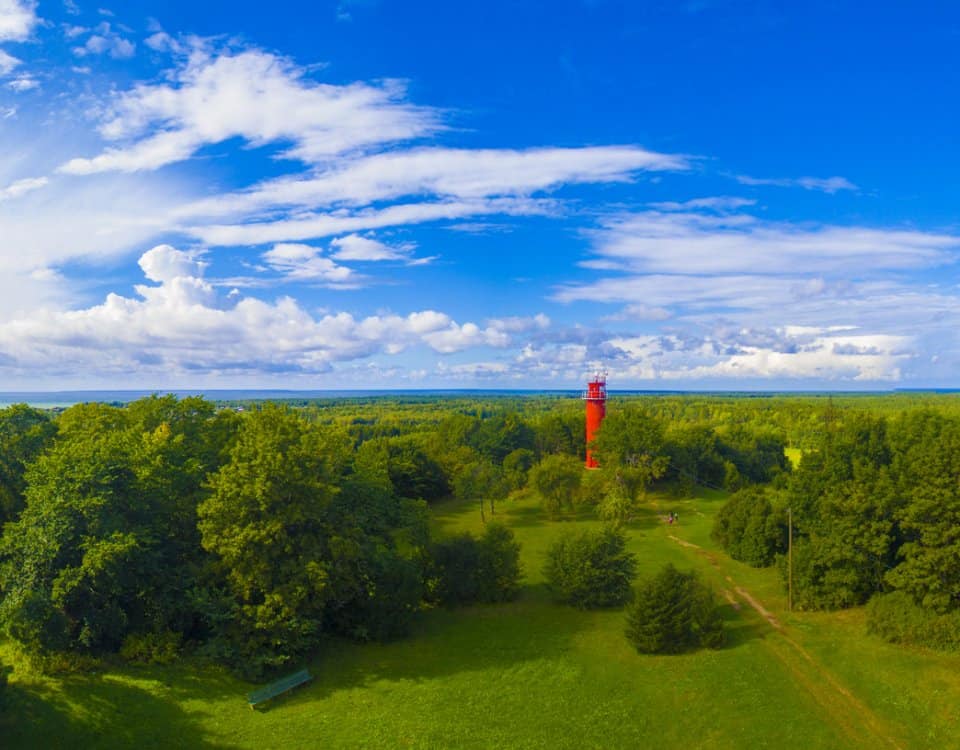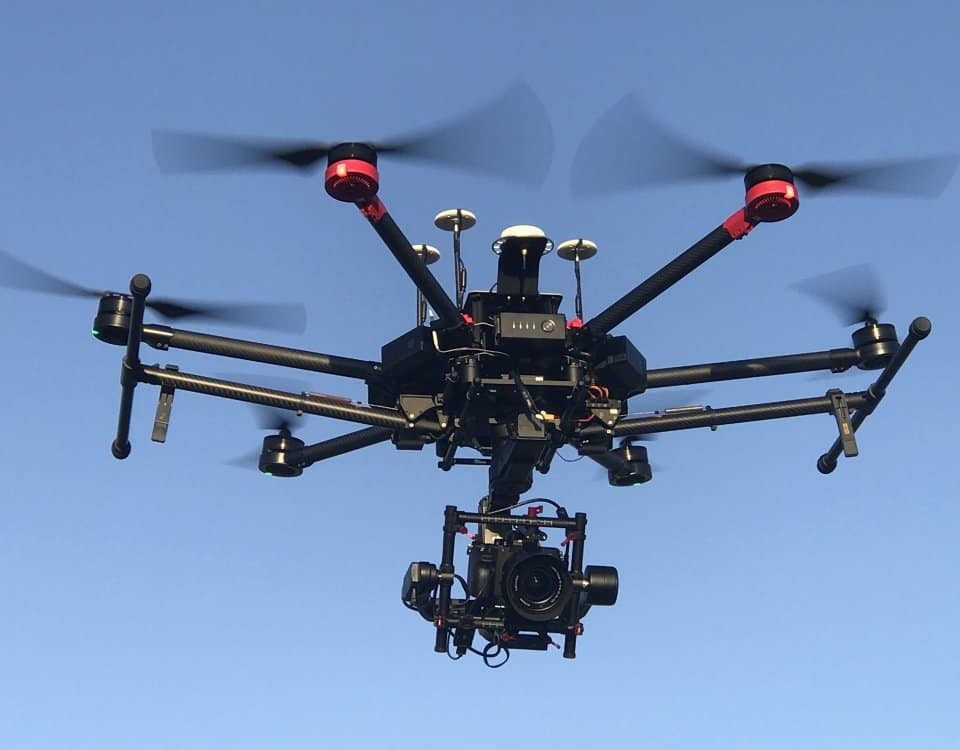Why You Will Want a Drone for Aerial Photography Gold Coast
February 28, 2018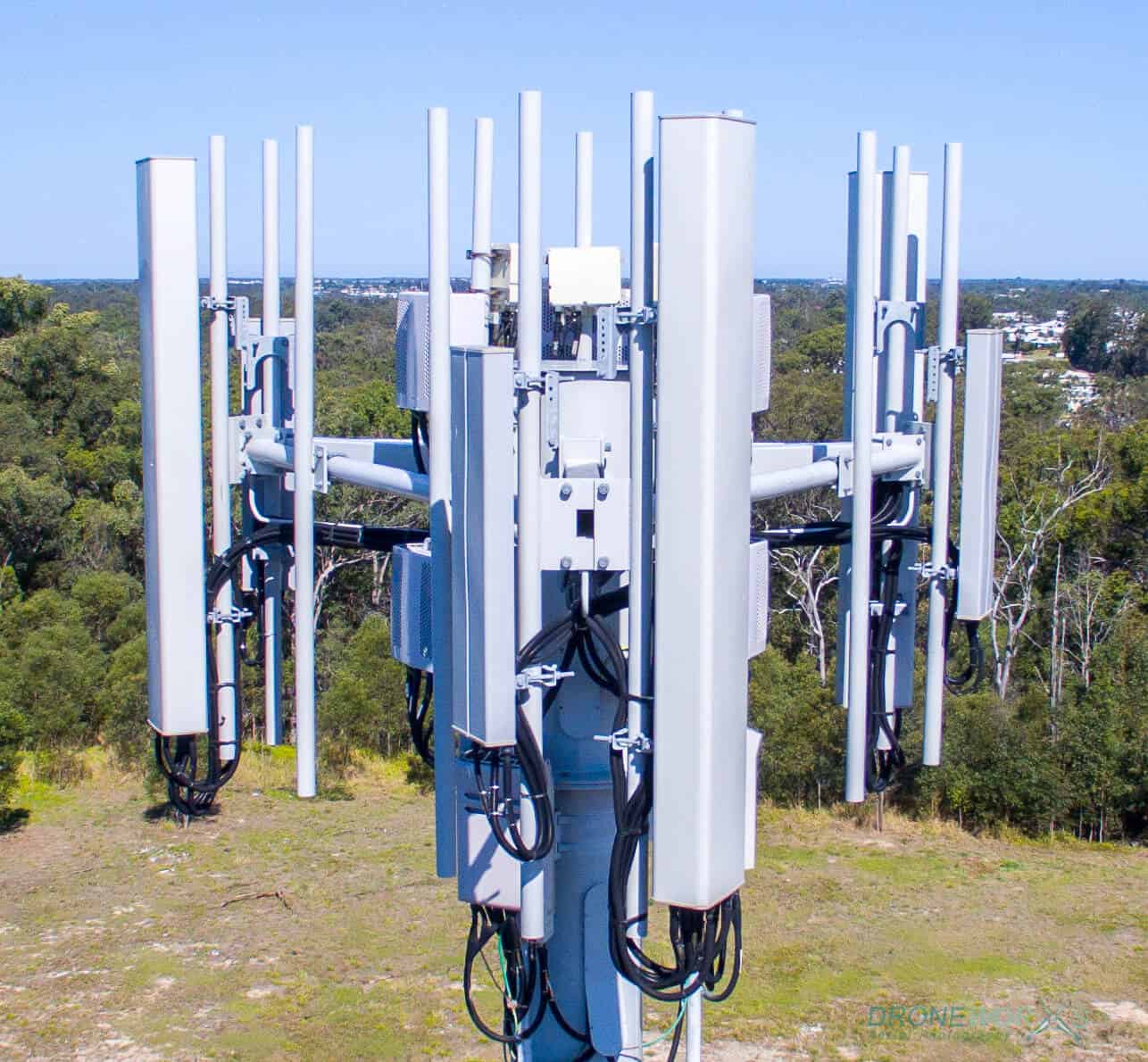
Benefits of Using Drone Asset Inspection in an industrial environment
March 5, 2018Today, drones are revolutionising the world eminently, and its application is improving the efficiency and data produce when inspecting oil and gas industry. Since the flare stack is the most dangerous and challenging place to inspect. The use of drone flare inspection has impacted positively in the inspection process of the industrial plant. And it has become the most significant benefits of using drones in the oil and gas sector.
What You Need To Know About Flare Stack and Its Inspection
If you have ever driven by any petroleum refinery, you might have seen something that looks like a long vertical pipe with a burner at the top continually emitting flames, well that is flare stack.
A flare stack is an elevated gas combustion vent pipe used in industrial plants to burn off excess pressurized gases. In oil and gas industry, it is highly essential to carry out regular inspections on flare stack because this helps to prevent the dangers that can be caused by a massive explosion due to excess pressurized gases in the industrial plant.
Inspection on a flare stack requires detailed data collection in the form of image or video or an aerial view. Inspecting a flare stack with the use of traditional method can be time-consuming, expensive and very risky especially when considering the environmental safety and personnel involved. So to ensure a safe, reliable, and efficient inspection on a flare stack, it is essential to use an advanced method and equipment. And the Drone flare inspection service is the best solution. Using a drone to carry out inspection provide so many benefits I will like to share with you. But before we move on it will be best you know the challenges involved while using the traditional method to inspect a flare stack.
Challenges Faced With the Use of Traditional Method on a Flare Stack
Without the use of drone flare inspection method, flare stack inspection requires much consideration such as safety, health, height, equipment or device needed to carry out such activity. The inspection carried out on this type of assets requires a shutdown of the system, before embarking on an inspection which sometimes might take days. Flare line or flare stack need regular inspection in other to prevent the dangerous outcome that can occur. And In carrying out this inspection with the use of a traditional method, there are challenges which include:
Access– since a flare line is a long-standing pipe that helps removes excess pressurized gas, accessing this vent pipe will be dangerous and using a traditional method like water pigging will undoubtedly proof difficulties.
Time– Inspection on flare stack using traditional method is time-consuming, considering the time it will take for an inspector to get up there and carry out proper inspection and for this to take place it also requires shutting down of the entire plant.
Work Safety – it is risky for any human inspector to undergo inspection in a flare line due to the height involved and explosive component present. Since using traditional method require an inspector to go up to the flare stack by hanging from ropes, climbing set out scaffolds or climbing a nearby structure in other to carry out inspection this method tends to be very risky and highly dangerous for workers.
Cost– it is more expensive using a helicopter because these require certain limits of a fly zone on a petrochemical plant and it is also known to be easily affected by weather conditions. So for inspectors, the use of a helicopter for inspection is carried out from a distance which makes it produce a lesser result and also less efficient.
Benefits of Using Drone Flare Inspection in an Oil and Gas Industry
Reduction Of Insurance Costs
The use of traditional inspection method on a flare stack requires paying a high cost of insurance for inspectors due to the dangers and difficulties that are faced while carrying out inspection. But with the use of drones inspectors can easily inspect in a safe and timely manner, thereby reducing the cost of insurance.
Save Time and Cost
Instead of aerial lifts, swinging stages, erecting ladders, access towers, or hiring other flying machines which are cost-effective and time-consuming, using drones will help you minimize time and cost. Hence, this will enable one to carry out inspection faster.
Flexible Inspection Of Complex System
Flare Inspection with the use of manual method requires a total shutdown of the system. But with the use of Drones, inspections are carried out without interfering or affecting the production process of the industrial plant. This means inspection can easily be carried out without shutting down the system.
Collect Detailed Data
Drones come with high-quality sensor technology that can easily detect hidden defects. It can capture high-resolution images or create a live video that shows the points that need maintenance at any angle humanly impossible. And this data can easily be used to optimize maintenance process of the flare stack.
Minimise Health Risk
Drones can easily be controlled to reach dangerous areas while carrying out inspection, thereby eliminating the need for workers to access hazardous environment that can affect their health.

